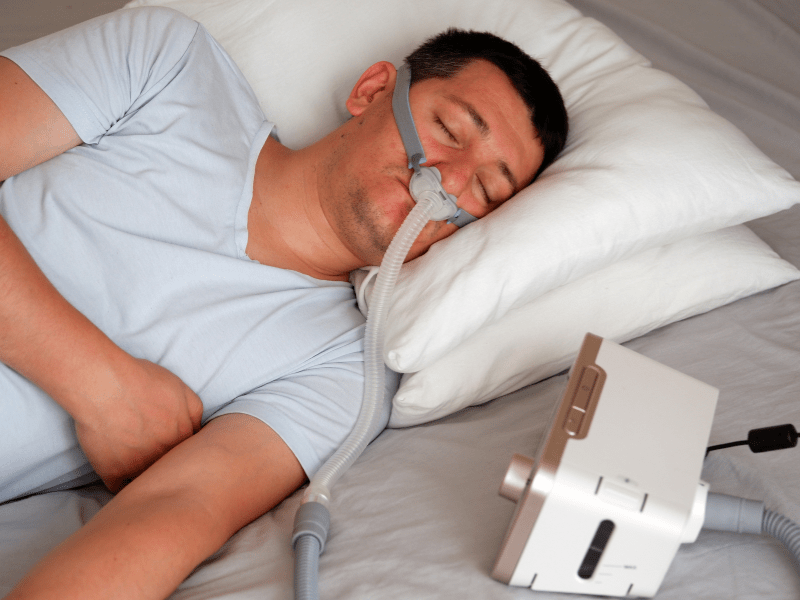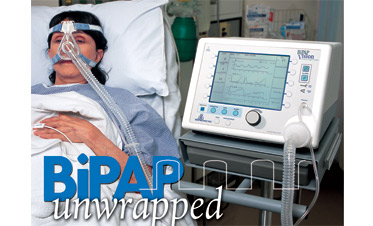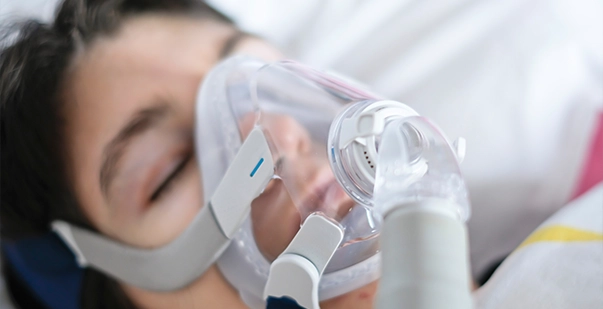Benefits of Choosing BiPAP Rental for Home Therapy
Benefits of Choosing BiPAP Rental for Home Therapy
Blog Article
Bipap vs. CPAP: Which Is the very best for Your Rest Disorder?
When browsing the intricacies of rest conditions, the choice between BiPAP and CPAP therapy is an important consideration. Each method provides distinct benefits customized to details conditions, yet the choice rests on specific patient requirements and comfort degrees. While CPAP gives a steady air flow ideal for obstructive rest apnea, BiPAP's twin stress setups might improve comfort for those with even more intricate respiratory issues. Recognizing these distinctions can considerably affect treatment efficiency, leaving one to ponder which option truly lines up with their health and wellness needs and way of living.
Comprehending Rest Disorders
Rest problems incorporate a variety of conditions that interrupt typical rest patterns, impacting both the quality and period of remainder. These problems can manifest in various forms, including insomnia, sleep apnea, narcolepsy, agitated leg disorder, and parasomnias. Each condition presents unique challenges, typically resulting in substantial daytime fatigue, cognitive disability, and psychological disturbances.
Sleeplessness is characterized by trouble falling or remaining asleep, while sleep apnea entails duplicated interruptions in breathing throughout sleep, typically bring about fragmented rest. Narcolepsy, on the other hand, is marked by extreme daytime drowsiness and unexpected rest attacks. Agitated leg disorder triggers uncomfortable experiences in the legs, motivating an uncontrollable desire to move them, which can additionally impede the capability to sleep.
The impact of sleep disorders prolongs beyond specific health and wellness, affecting total productivity, partnerships, and lifestyle. Comprehending the details nature of each condition is essential for efficient diagnosis and therapy. As sleep health becomes increasingly acknowledged as an essential part of total health, resolving these problems is crucial for boosting both rest high quality and everyday functioning.
Just How CPAP Functions
Constant Positive Airway Stress (CPAP) treatment is frequently employed as a key therapy for obstructive sleep apnea (OSA) The mechanism of CPAP entails the usage of a maker that provides a steady stream of air via a mask put on during sleep. This air movement keeps positive pressure in the airway, preventing the collapse or blockage of the throat that can take place throughout sleep.
When an individual breathes in, the CPAP device offers a constant circulation of air, guaranteeing that the air passage stays open - BiPAP Rental. This not only eases the signs and symptoms of OSA, such as snoring and interfered with sleep patterns, however additionally minimizes the connected health and wellness risks, including cardiovascular complications and daytime fatigue
The stress setups on a CPAP maker can be customized to fulfill private patient needs, usually established with a sleep study. Patients normally undergo titration research studies to find the ideal stress degree for their distinct problem. Normal follow-up and adjustments might be essential to make sure performance and comfort. Generally, CPAP treatment has been shown to dramatically improve the high quality of rest and overall health and wellness for people dealing with obstructive rest apnea.
Exactly How BiPAP Functions
BiPAP, or Bilevel Favorable Respiratory Tract Stress, is a specialized form of non-invasive ventilation that is specifically advantageous for individuals with problems such as complex sleep apnea or breathing conditions. Unlike CPAP, which supplies a continuous stream of air at a single stress, BiPAP gives two distinct stress settings: a higher inspiratory pressure for breathing and a lower expiratory stress for exhalation. This dual-pressure method allows for easier breathing, lowering the effort required throughout exhalation.
The gadget runs through a mask fitted over the nose or mouth, attached to an equipment that creates atmospheric pressure. When the individual inhales, the device delivers the greater stress to help with airflow, guaranteeing that the airway continues to be open. Upon exhalation, the maker immediately decreases the stress, making it extra comfortable for the patient to take a breath out.

Secret Distinctions Between BiPAP and CPAP

In comparison, BiPAP (Bilevel Favorable Airway Pressure) provides 2 various pressure setups: one for inhalation and a lower one for exhalation. This double pressure system permits more comfortable breathing, especially for clients that battle with breathing out against a continual stress. BiPAP is commonly advised for patients with intricate rest apnea, persistent obstructive pulmonary condition (COPD), my latest blog post or those that need extra assistance during rest.
Additionally, the complexity of BiPAP gadgets typically leads to a higher cost and calls for much more mindful titration than CPAP. BiPAP Rental. Comprehending these crucial differences can help in acknowledging which tool might be better for certain rest problems, establishing the foundation for enlightened therapy choices
Selecting the Right Therapy
Exactly how can one identify the most suitable therapy for managing rest problems? The choice between BiPAP and CPAP therapy primarily hinges on the details characteristics of the rest problem, the individual's general health and wellness, and their comfort with the device. CPAP, which delivers a continual stream of air, is generally click here for info suggested for obstructive rest apnea (OSA) It keeps an open respiratory tract throughout rest, successfully protecting against apneas and hypopneas.
Alternatively, BiPAP provides 2 levels of stress: one for inhalation and a reduced one for exhalation. This dual stress system is helpful for clients with intricate sleep apnea or those that experience difficulty breathing out against a constant stress. Furthermore, BiPAP is often advised for individuals with respiratory system conditions, such as persistent obstructive pulmonary illness (COPD), where varying pressure setups can enhance convenience and compliance.
Ultimately, a thorough analysis by a sleep professional, consisting of a rest research study, can help establish which therapy lines up ideal with the client's demands. Factors such as comfort, convenience of use, and certain clinical conditions must additionally be taken into account to maximize treatment end results.
Conclusion
In summary, both BiPAP and CPAP offer distinctive objectives in the management of sleep conditions. CPAP works for obstructive sleep apnea via consistent air flow, while BiPAP supplies double stress settings that improve convenience for those with intricate rest apnea or respiratory concerns. The choice in between these therapies must be guided by individual needs and problems, demanding a thorough analysis by a rest professional to ensure optimal treatment end results Recommended Site and boosted top quality of rest.

Generally, CPAP treatment has actually been revealed to dramatically improve the quality of sleep and overall wellness for people enduring from obstructive sleep apnea.
BiPAP is often advised for people with intricate rest apnea, chronic obstructive pulmonary illness (COPD), or those that require additional support during sleep.
CPAP is effective for obstructive rest apnea with regular airflow, while BiPAP supplies dual stress setups that improve comfort for those with complicated rest apnea or breathing problems.
Report this page